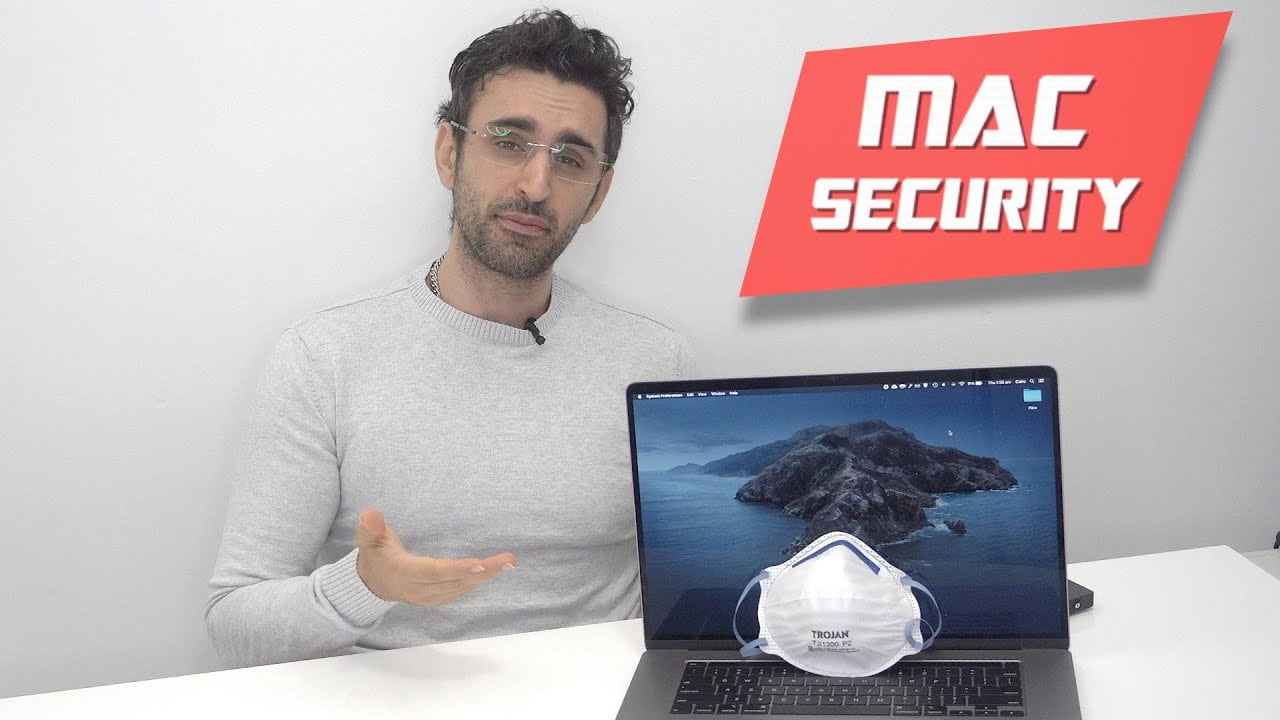

Having both applications maximizes protection against the increasing threat of malware attacks.Īs cyberattacks become more prevalent and clever in nature, antimalware adapts and protects. Think of antivirus as proactive protection against threats infecting your device while antimalware roots and destroys activated malware. The two complement each other, with antimalware designed to supplement antivirus protection as the cyber threat landscape becomes more sophisticated. It seems like antivirus is the lesser of the two security software, so why would you need both?Īntimalware focuses on new threats, while antivirus keeps you protected against the traditional versions, like worms and phishing attacks, that can still harm your device. Proactive security: your software should scan, detect, and remove known malware threats like trojans, adware, and spyware.Traffic filtering: this type of filtering protects your device by blocking access to suspicious servers and sites involved with malware distribution.Sandboxing: this controlled environment allows the software to test suspected threats and determine whether or not they’re safe to use.Whether you find a separate antimalware software or purchase antivirus with added capabilities, look for a program with the following: Remove threats: your software should remove malware, not just detect and block it.Automatic updates: updates target any new forms of malware since installation.Real-time scanning: background scanning means the program will detect threats as you encounter them.Key indicators of well-rounded antivirus software include: What Should Your Antivirus Software Include? Antimalware software defends against second-generation malware that classic antivirus software doesn’t always detect.

While antivirus software can protect against common types of viruses, antimalware software works to detect new iterations of infections. What Is Antimalware SoftwareĬyber threats are constantly evolving.

#Do you need antivirus software for a mac computer free
Typically, free antivirus only offers the minimum layer of protection against classic viruses like keyloggers and worms, while premium versions will protect against more advanced threats and even feature malware removal tools. Antimalware detects more advanced forms of malware, like zero-day attacks, while antivirus software defends against the traditional, more established threats.īasic antivirus software scans your device for known viruses. They complement one another to act as the highest level of defense against malicious software, along with healthy online habits. For the sake of understanding the topic, we’ll refer to antivirus software with the assumption that it has not been upgraded for malware detection and protection.Īntimalware and antivirus are not the same. Antimalware goes one step further and focuses on broader, more advanced, software threats. While the term antivirus denotes that it only protects against computer viruses, its features often protect against the many common forms of malware today. In contrast, antimalware utilizes heuristic-based detection to proactively find source codes that indicate a threat.Īntivirus and antimalware were both created to detect and protect against malicious software. This type of detection matches file signatures to a database of known malware. Antivirus works to identify known threats using signature-based detection. MalwareĪ computer virus spreads from user to user by replicating itself through programming a file. Malware removal tools and antivirus software are complementary to one another and can work together for the maximum amount of security on your device. Essentially, you can find antimalware tools within some antivirus software, but not all. But as threats advanced, many companies kept the original “antivirus” name, often while expanding the capabilities of its threat detection.

So what’s the difference between antivirus and antimalware software?Ĭybersecurity companies originally gained popularity with a tried and true “antivirus” software for one-size-fits-all virus detection. While a virus is indeed a type of malware, not all types of malware are viruses-and there are some more dangerous than others. Today, the original profile of a virus is nearly obsolete while more dangerous forms of malware have taken center stage. Threat detection was as easy as finding a “creeper system” within a line of code. Long before AI, back when you could choose the color of your Mac to match your room, computer viruses were simple.


 0 kommentar(er)
0 kommentar(er)
